108 Central Military Hospital has recently received a series of stroke patients.
Compared to 2023, the number of stroke hospitalizations this year is increasing. Experts say that cold weather not only causes blood vessel constriction, increasing blood pressure, but also increases the risk of blood clots, leading to both hemorrhagic stroke and cerebral infarction.
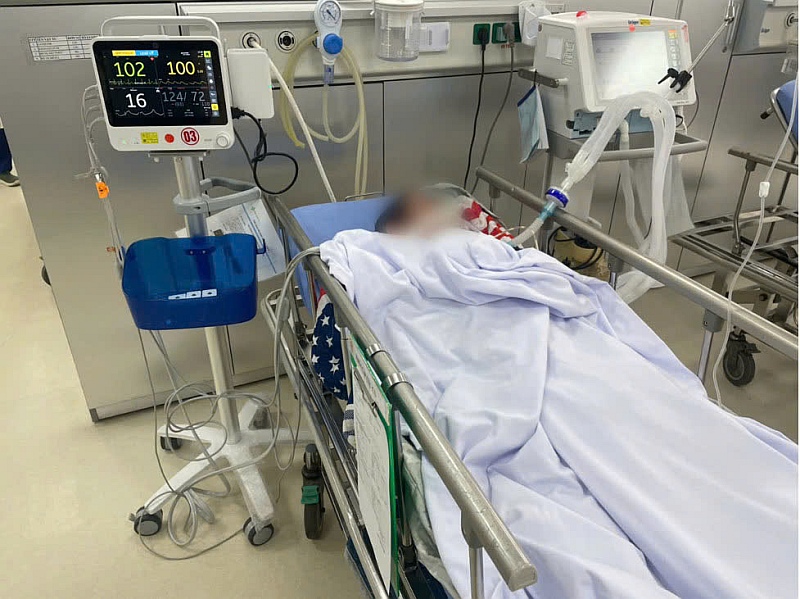 |
| After entering the emergency room, patient D.V.D was quickly intubated and put on a ventilator. Photo: 108 Military Central Hospital |
The first case, on the night of December 6, 2024, at the beginning of the most recent cold spell, a 45-year-old male patient, D.V.D, from Hanoi with no medical history, had to be rushed to the emergency room in a coma after taking a late night bath.
The diagnosis showed a cerebral hemorrhage with a blood volume of 90 cm³, and the patient was forced to undergo craniotomy to relieve brain pressure. Currently, the patient still needs intensive treatment, maintaining mechanical ventilation, and has a very poor prognosis.
In the second case, patient NXK, 42 years old, Hai Duong, after bathing at night on December 17, 2024, suddenly had a headache, consciousness gradually slowed down and went into a coma. He received first aid at the front line and was transferred to the 108 Central Military Hospital at 3:00 p.m. Although he was actively resuscitated, the brain hemorrhage was too severe and the patient was in a deep coma and could no longer be saved.
Both cases above were quite young patients, without chronic diseases, the accident occurred after sudden exposure to cold, leaving serious sequelae and threatening the patient's life. This unfortunate event could not have happened if we knew how to prevent it properly.
According to many studies around the world, exposure to cold is a risk factor that promotes an increase in stroke, both hemorrhagic stroke and ischemic stroke.
Some of the pathogenesis of this problem such as seasonal and temperature changes affect stroke risk factors (hypertension, hyperglycemia, hyperlipidemia, atrial fibrillation) increasing the risk of stroke.
Peripheral vasospasm and transient hypertension after cold exposure can cause cerebral blood vessel rupture, resulting in hemorrhagic stroke. This explains why hemorrhagic stroke is most common on the first day of cold exposure.
The vasoconstriction that helps keep the body hydrated also increases blood viscosity. A drop in temperature also causes the body to increase the production of red blood cells and platelets to increase the body's metabolism, leading to the formation of blood clots. This increases the risk of blood vessel blockage leading to cerebral infarction. This explains why cerebral infarction often occurs after a few days of exposure to cold.
According to doctors at 108 Central Hospital, the signs of stroke in the cold season are similar to the usual signs. You can rely on the FAST principle to recognize stroke, including: F (Face): Facial deviation, numbness or weakness on one side. A (Arms): Weakness or inability to lift one arm. S (Speech): Difficulty speaking, stuttering or not understanding speech. T (Time): Immediate emergency care, because the golden time in the first 6 hours determines the effectiveness of treatment.
In addition, you should also pay attention to other symptoms such as severe headache, dizziness, loss of vision or sudden loss of balance, etc.
When meeting someone with a stroke in cold weather, you need to Call an ambulance immediately, take the patient to the nearest medical facility. Taking the patient to the hospital early helps the patient receive timely treatment to limit future complications.
Patients should not be given any medication on their own because some medications will make the brain hemorrhage worse and complications more severe, increasing the risk of death.
It is important to note that you should not prick the patient’s finger; do not move or shake the patient; do not let the patient eat or drink to avoid choking, etc. Family members should also not scrape the patient’s back or squeeze lemon into the patient’s mouth. These are misconceptions that do not help stroke victims.
For people with stroke in cold weather, the patient should lie on one side, loosen the clothes, avoid letting the patient wear clothes that are too tight. Record the time the patient shows signs of stroke as well as the patient's symptoms so that they can be provided to medical staff.
To prevent stroke effectively in cold season It is important to keep your body warm, especially your head and neck. When participating in physical activities, you should wear many layers of clothing. When your body warms up after exercise, you can take some off and wear just enough to keep your body warm.
If you are doing activities outside in the cold and find yourself sweating, your body is overheating and not feeling well; especially for people with cardiovascular disease, it is best to rest, take off your coat and go inside immediately.
Measure blood pressure regularly, especially for people with a history of high blood pressure and a healthy diet, eating lots of green vegetables and fruits, limiting fat, sugar, and salt.
Increase light physical activity 30 minutes a day to support the cardiovascular system, but follow the principle of not overdoing it.
Limit alcohol and tobacco and have regular health check-ups, proactively screen, detect early and promptly treat risk factors to prevent stroke.
Source: https://baodautu.vn/tang-so-ca-benh-nhan-bi-dot-quy-do-thoi-tiet-lanh-d232993.html


![[Photo] Prime Minister Pham Minh Chinh chairs the Government's special meeting on law-making in April](https://vstatic.vietnam.vn/vietnam/resource/IMAGE/2025/4/13/8b2071d47adc4c22ac3a9534d12ddc17)


![[Photo] National Assembly Chairman Tran Thanh Man attends the Policy Forum on Science, Technology, Innovation and Digital Transformation](https://vstatic.vietnam.vn/vietnam/resource/IMAGE/2025/4/13/c0aec4d2b3ee45adb4c2a769796be1fd)
![[Photo] National Assembly Chairman Tran Thanh Man attends the ceremony to celebrate the 1015th anniversary of King Ly Thai To's coronation](https://vstatic.vietnam.vn/vietnam/resource/IMAGE/2025/4/13/6d642c7b8ab34ccc8c769a9ebc02346b)



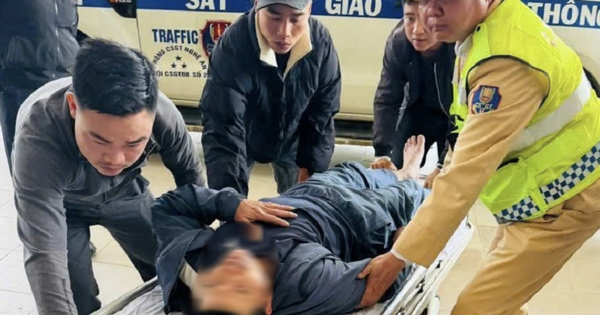

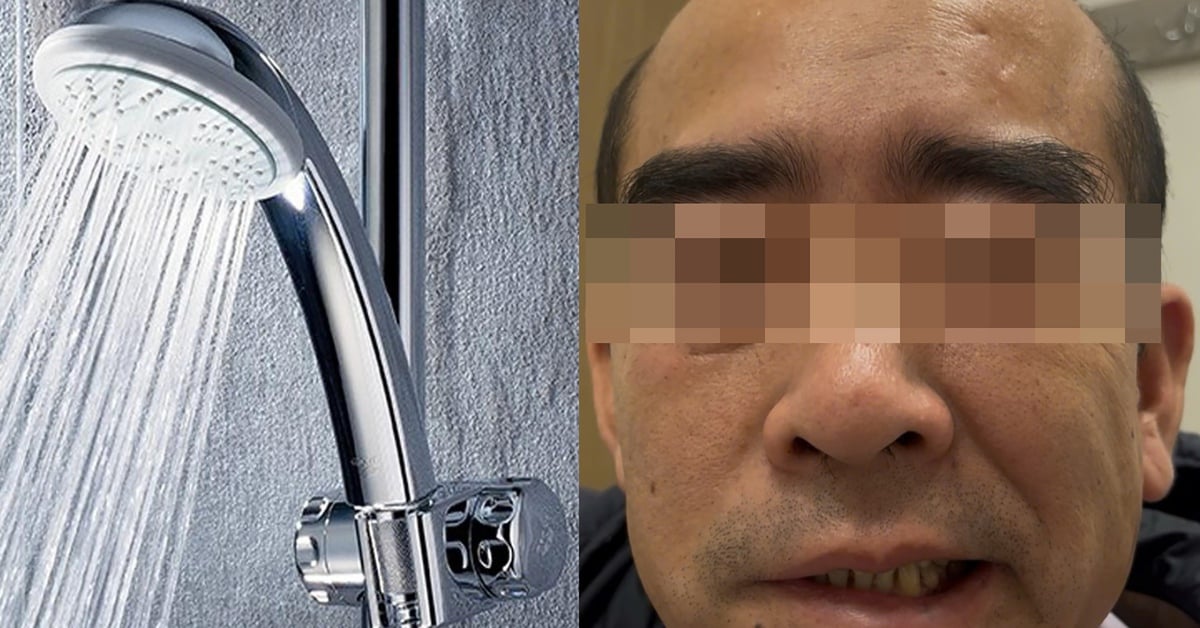




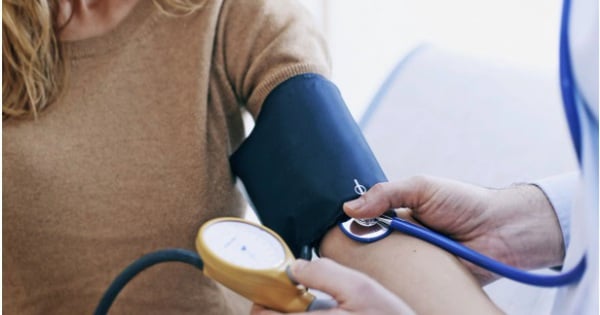
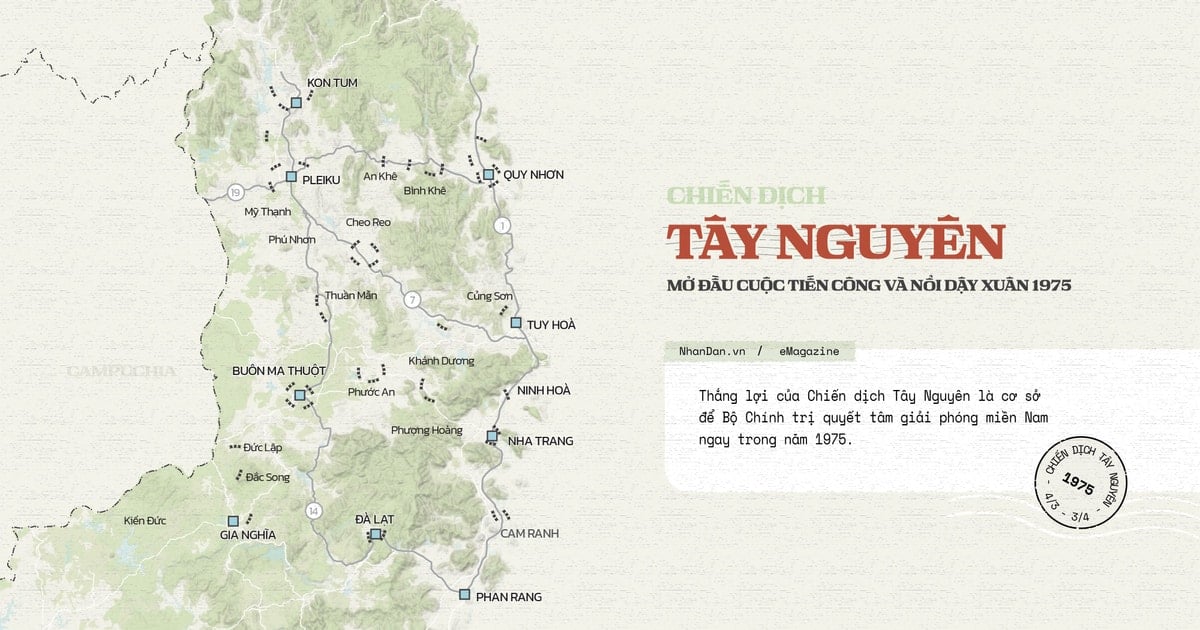












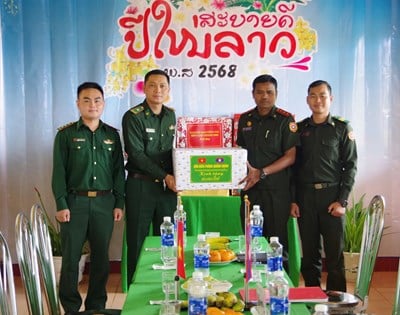

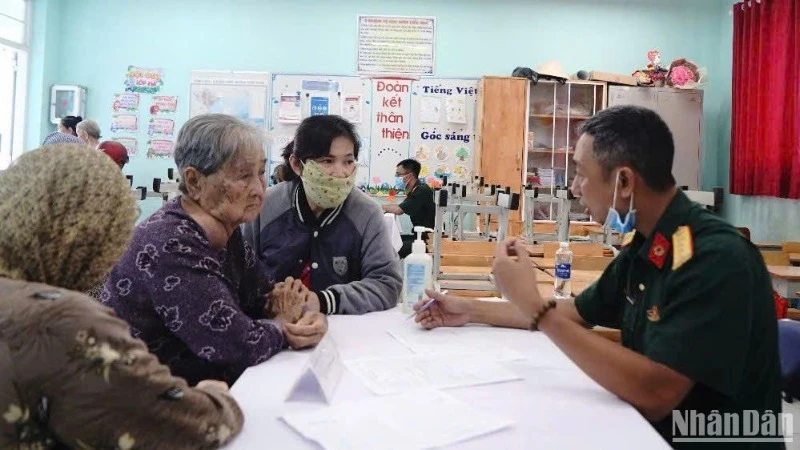














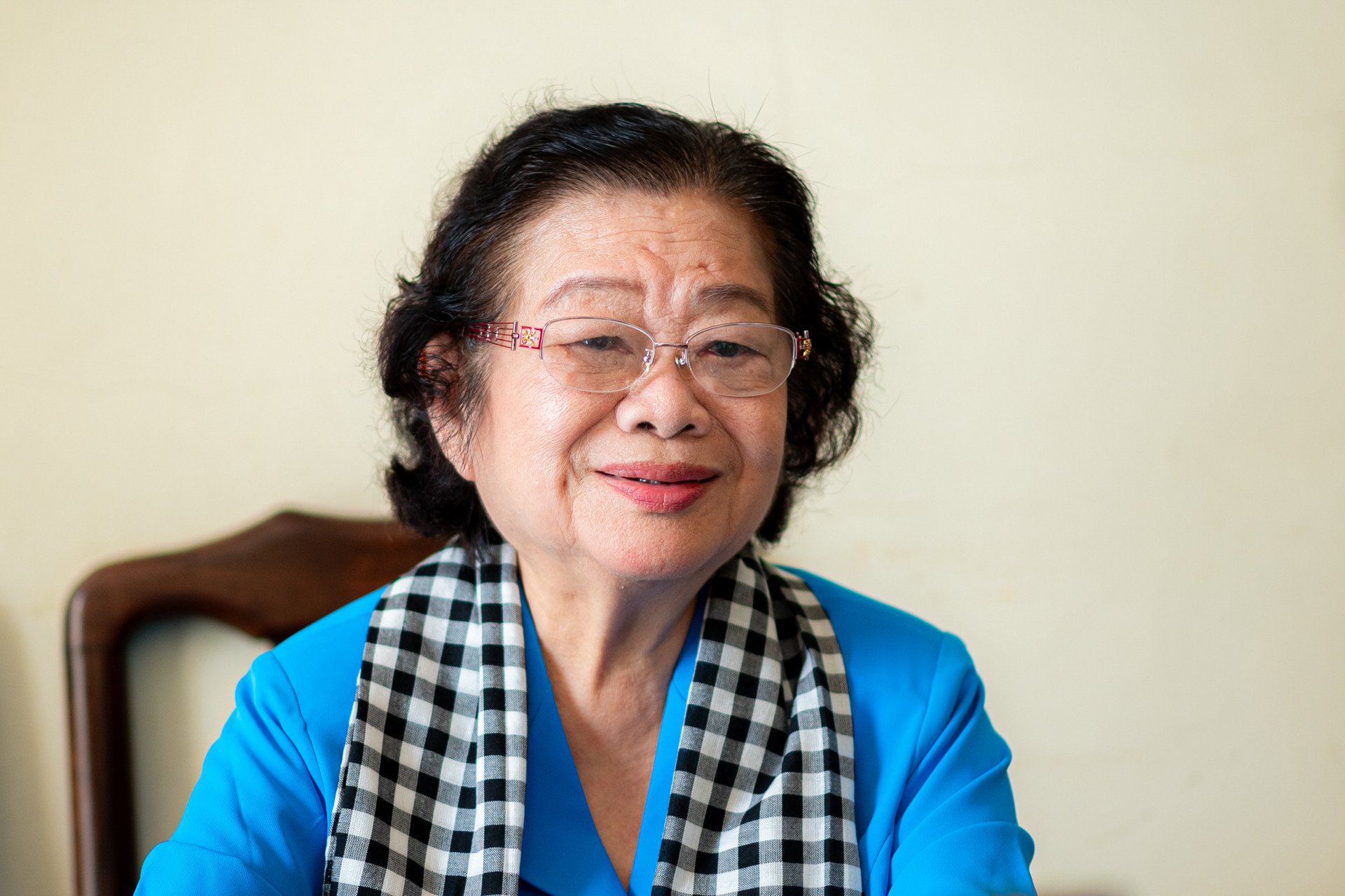

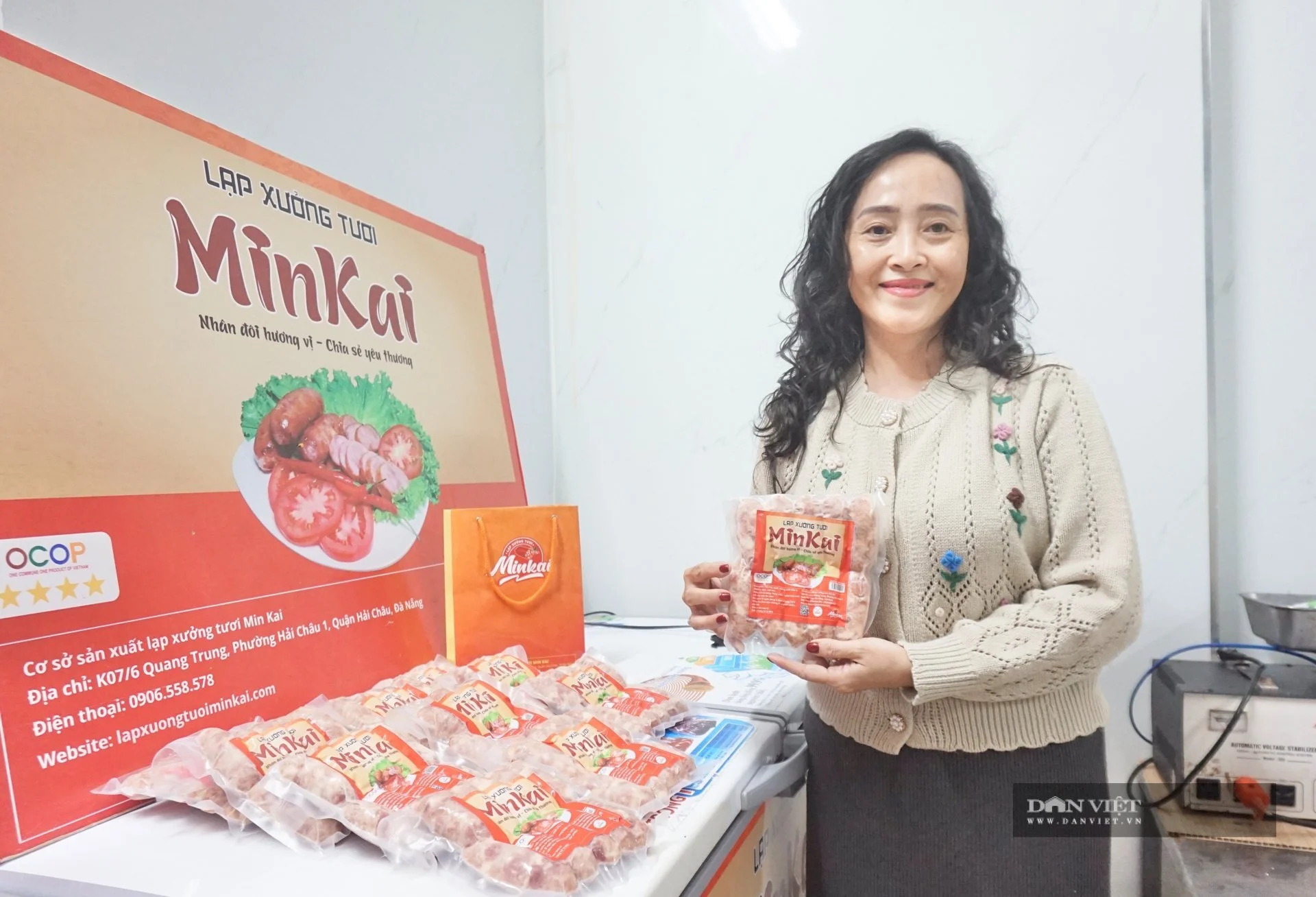


















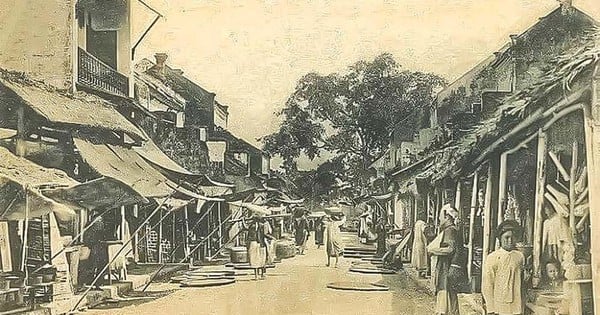

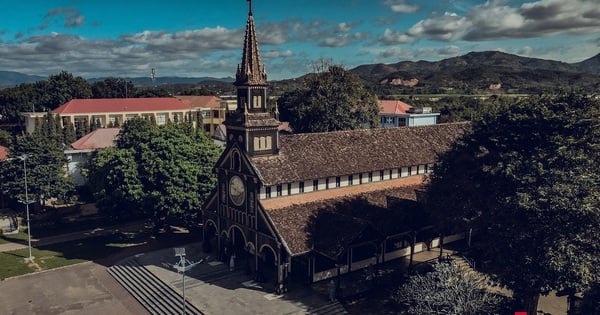










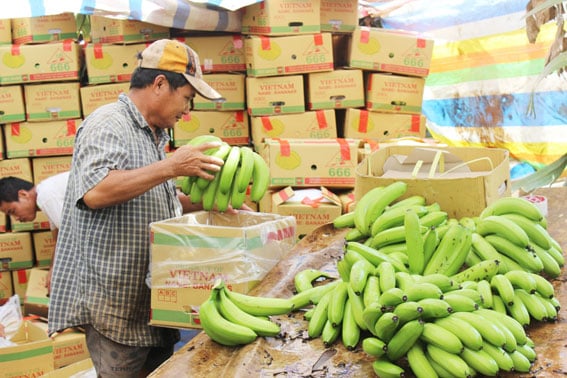











Comment (0)